Quinoa and rice may look similar, but can they be used interchangeably? And which is better? Nutritionist and food scientist Sarah Bond breaks it down.
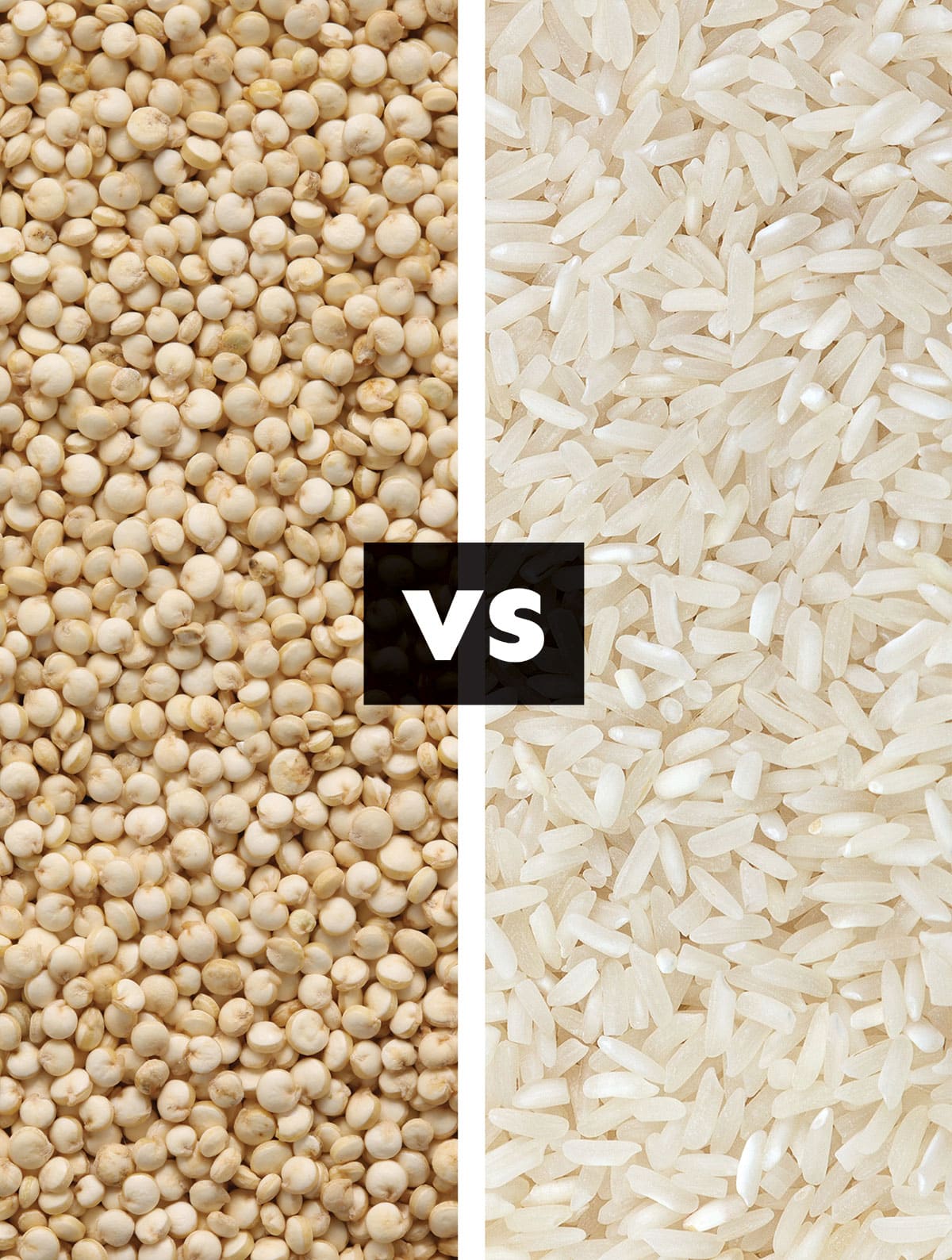
Origin
Origin of Quinoa: Pronounced keen-wah, it is an ancient grain that has its origins in the Andes region of South America. It was first cultivated by the indigenous people of Peru, Bolivia, and Ecuador over 5,000 years ago. In fact, quinoa was considered the “mother grain” by the Inca civilization, and it held great cultural and nutritional significance for them.
Today, quinoa is still extensively grown in these Andean countries, but its popularity has spread worldwide, with cultivation in places as diverse as the United States, Canada, and several European nations. The adaptability of quinoa allows it to thrive in a wide range of climates, from the high altitudes of the Andes to coastal regions and even parts of the Mediterranean. This adaptability has earned it the nickname “the golden grain of the Andes.”
Origin or Rice: Rice is believed to have originated in the Yangtze River valley in China around 10,000 years ago. From there, it spread to other parts of Asia, eventually reaching Europe, the Americas, and Africa through trade and exploration.
Today, it is cultivated on every continent except Antarctica, where pretty much nothing grows, with its primary growing region being Asia, especially in countries like China, India, Thailand, and Vietnam. Rice provides a significant portion of the diet for billions of people worldwide, and we could not feed the world without it. There are thousands of rice varieties and variants, and more are developed all the time as agriculturists work to develop varieties that are resistant to bugs and climate change, or just provide larger yields. Rice will remain critical to much of the world for a long time.
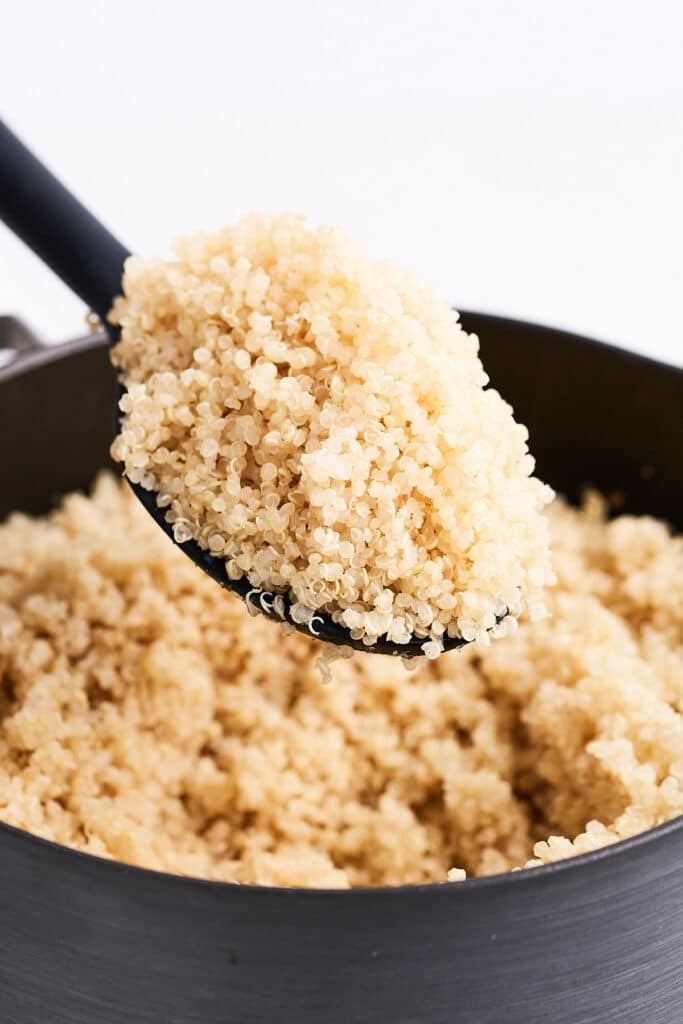
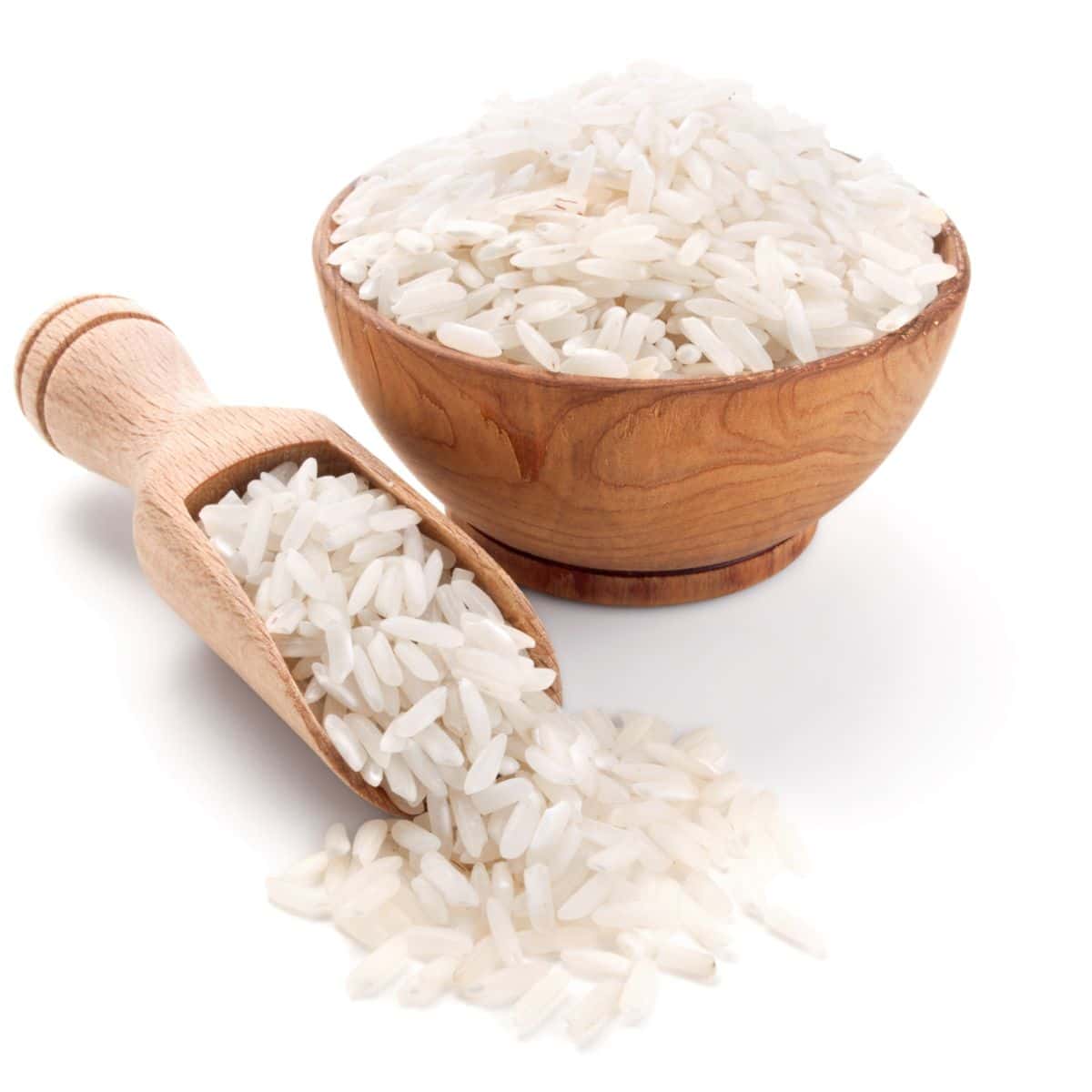
Description and Flavor
Quinoa Description: Quinoa is small and round with a slightly flattened shape, often resembling tiny beads. Quinoa seeds come in various colors, with the most common being white, red, and black.
The flavor of quinoa is often described as nutty, earthy, and slightly bitter. When cooked, it has a fluffy and slightly crunchy texture, making it a versatile ingredient in the kitchen. Quinoa’s flavor pairs well with a variety of other ingredients, allowing it to be incorporated into both savory and sweet dishes.
Rice Description: Describing rice may seem an unnecessary endeavor. We all know what rice looks and tastes like, but there are so many varieties of rice around the world that we can’t really begin to describe them all!
Rice grains come in a variety of shapes, sizes, and colors. There are three main categories (and hundreds of varieties of each):
- Long-grained rice
- Medium-grained rice
- Short-grained rice
If you want to know a whole lot more about rice read on in 50 types of rice, and if you are never sure how much to make our how much rice per person guide.
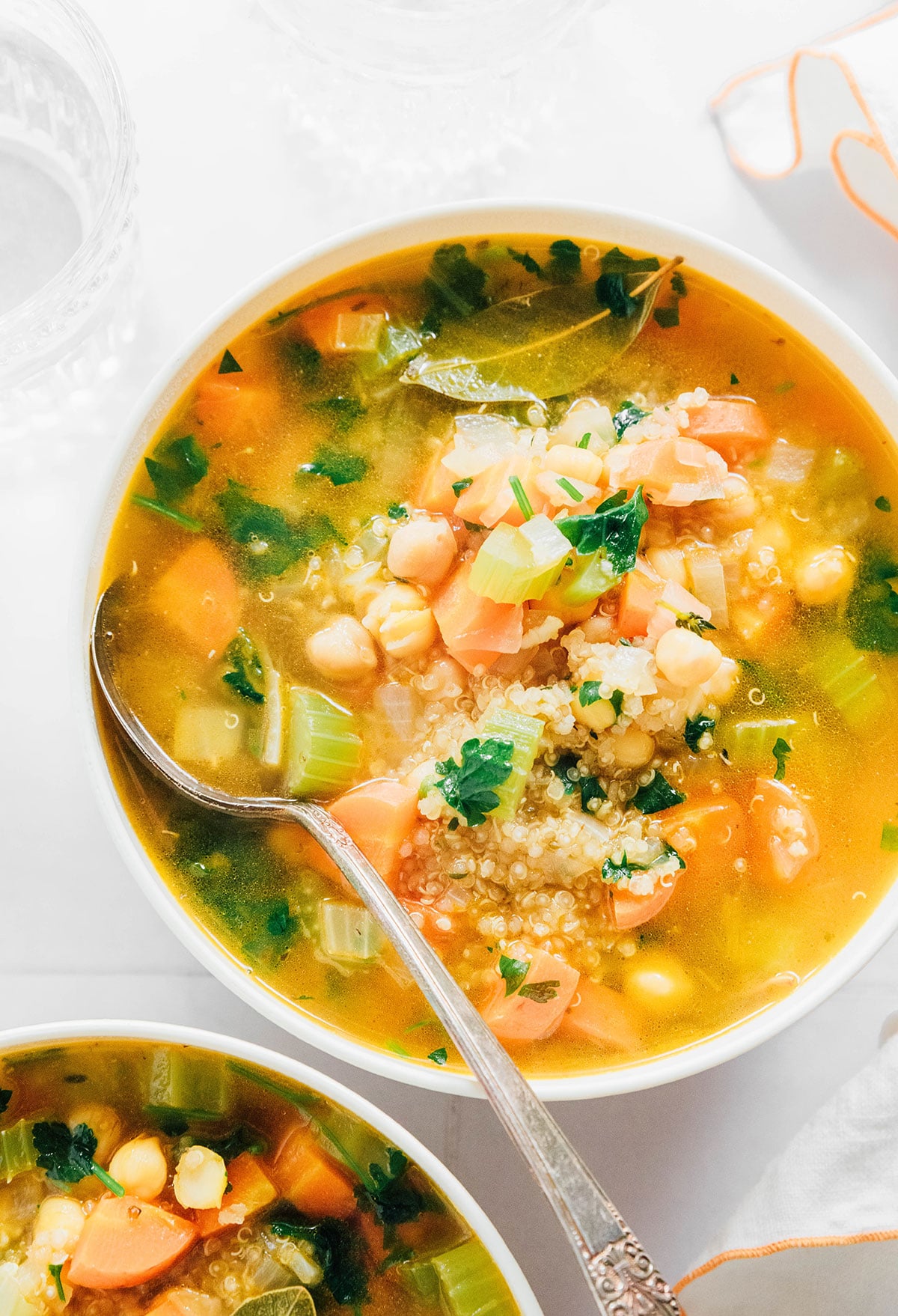
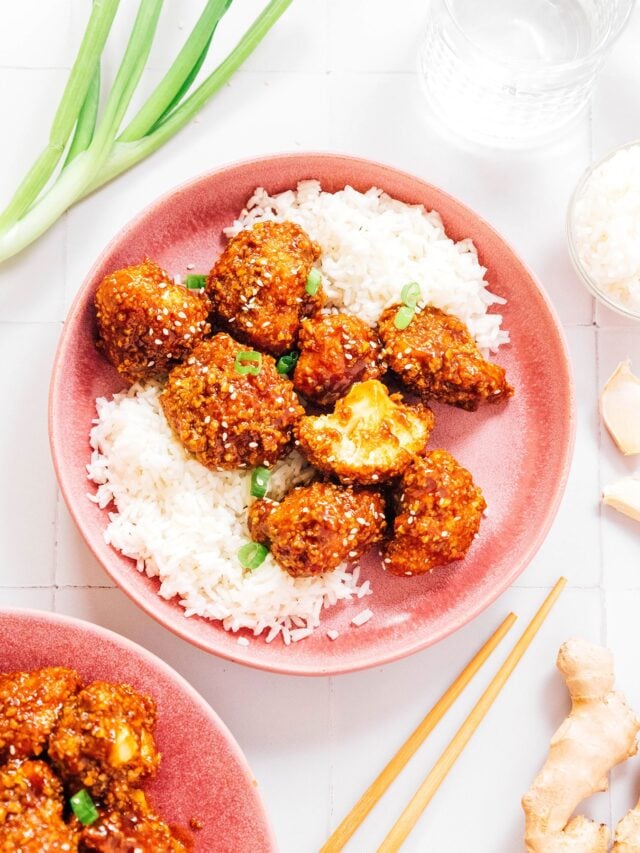
Uses
Quinoa Uses: Quinoa has grown in popularity in the USA in recent years as it is seen as an exceptionally healthy alternative to rice. It can be cooked and used as a base for salads, pilafs, homemade granola, grain bowls, or in place of rice in sushi.
If you want to know more about how to cook quinoa, we wrote a whole separate article on that, but we want to emphasize that quinoa has a saponin coating, which can make it taste bitter if not properly rinsed before cooking. This natural coating also serves as a protective mechanism for the plant, deterring birds and pests. Still looking for other ideas? Check out our 15 quinoa recipes.
Rice Uses: As a kid growing up in Alaska, rice was usually something we ate with butter or even brown sugar and milk. This wasn’t the exclusive domain of rice in our house, but pretty close. As we got older my parents started introducing us to the other countless ways to use this incredibly versatile food.
It serves as a staple in many dishes, acting as a side dish, a base for sauces, or even as the main course. In Asian cuisines, it’s often steamed or fried and paired with vegetables, meats, or seafood. In Latin America, rice and beans are a classic combination, while in the Middle East, it’s used to make pilaf and biryani. You no doubt have your favorite uses, but if you are looking for other ideas, peruse our 19 easy rice recipes.
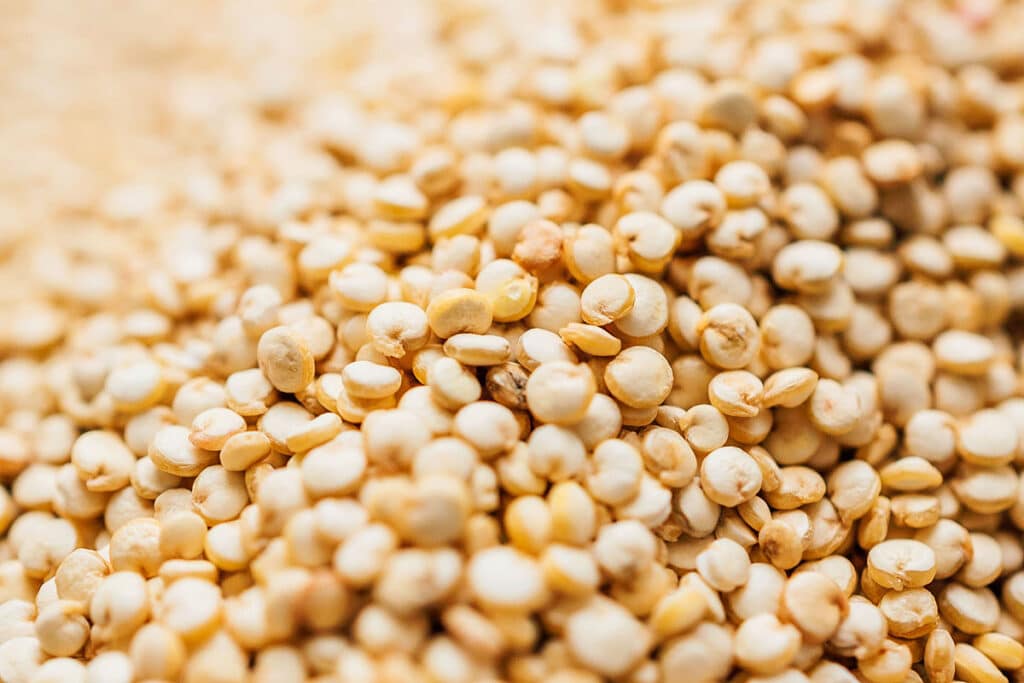
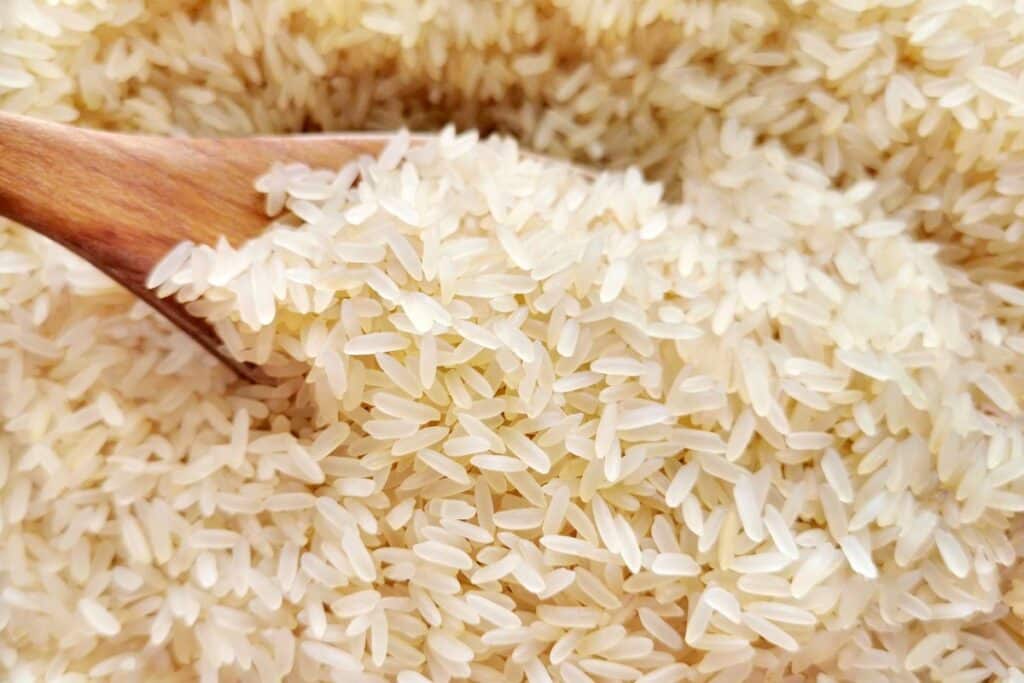
Nutrition
Quinoa Nutrition Information: As a nutritionist, I don’t like to call anything a “superfood”, but if I were to, quinoa might be it. While quinoa is often cooked and served as a grain, it’s botanically related to spinach. So it shouldn’t be a surprise that quinoa seeds – yep this is a seed not a grain – are jam-packed with nutrition. It’s gluten free, a great source of protein, high in fiber, and loaded with nutrients.
Rice Nutrition Information: Rice is similarly gluten-free and high in calories and carbs, but generally doesn’t provide as much fiber, protein, or nutrients as quinoa.
So which is better?
This wraps up our look at quinoa vs rice. They are both great culinary options with countless uses, though we love the versatility of rice more. They are both gluten-free, but quinoa has a bit of a nutritional edge in terms of protein, fiber, and nutrient content. Which you prefer depends largely on personal preference. If nutrition is your goal, quinoa is the winner! For culinary versatility, rice takes the cake.
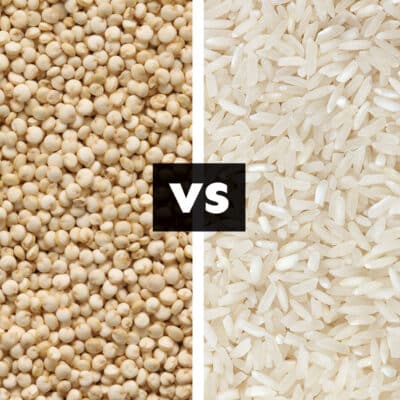

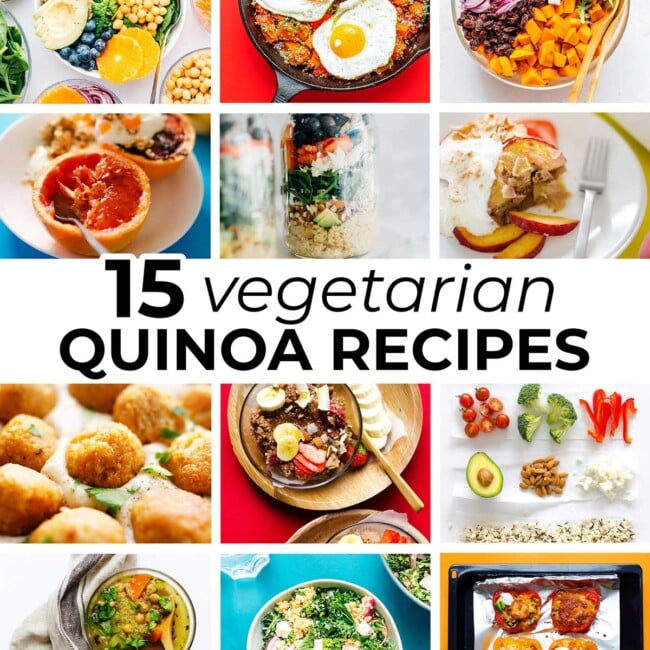
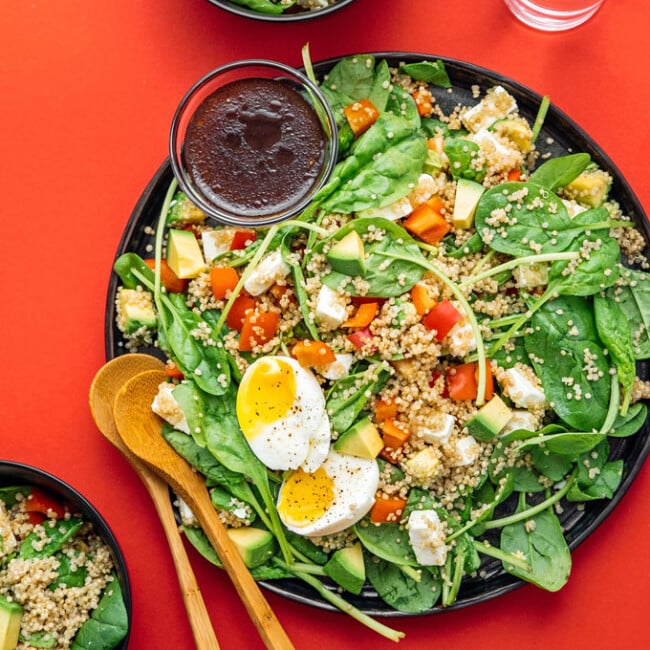
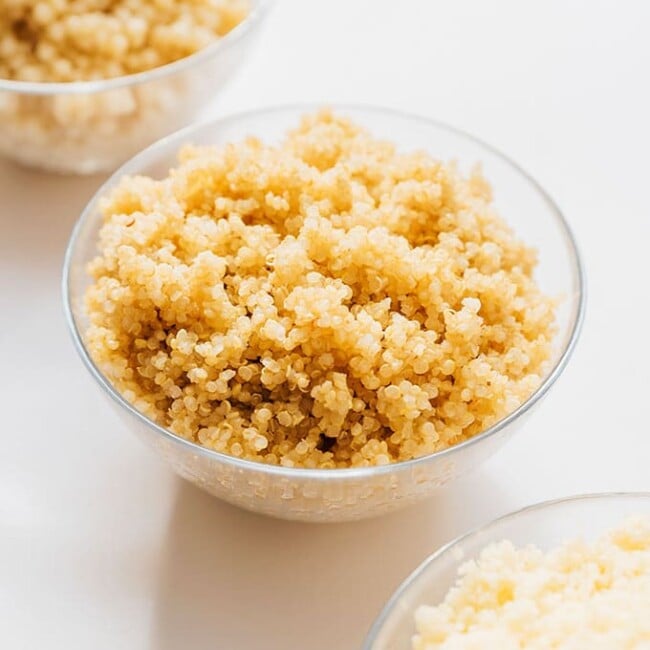
Sue Holly says
Hi Sarah,
I am loving your site and finding it especially informative since changing how and what I eat 1-1/2 yrs ago. I had several gut issues and cut out all of the inflammatory foods in an attempt to remedy my symptoms.
I have two grandsons who are having behavior issues (explosive anger, temper tantrums related to sensory overload or sensitivites) and wonder if food is the culprit or perhaps a part of the problem. Since you have your masters degree in this area can you steer me in the right direction?
Thank you,
sue
Sarah Bond says
Hi Sue! This is a great question, but unfortunately not one I have the experience to touch on. This article may be able to help you out!
Beth says
Hi – what a great site you have! Thank you! I want to transition more into a vegan lifestyle (I don’t do well with dairy so vegetarian would not work), however I did this years ago and became very anemic. Do you have a suggestion how to do better with food combining (or anything really) to avoid becoming so anemic? Thank you kindly!!!! Love your Indian recipes the best!
Sarah Bond says
I’m so happy you’re liking the recipes, Beth! Focus on non-heme iron sources, like dried beans and legumes, dark green leafy vegetables, dried fruits, nuts and seeds, and wholegrain cereals and breads 😀